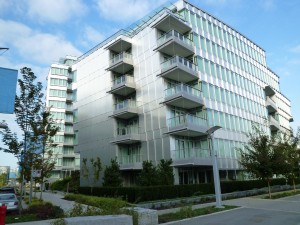Last week Michelangelo Sabatino gave an interesting talk at Penn on Arthur Erickson. Not a name to conjure with today, Erickson (1924-2009) was the first Canadian architect to establish a global practice—and reputation—with projects in the United States, England, Saudi Arabia, Kuwait, Iraq, Algeria, Malaysia, Japan, and China. I worked on Habitat at Montreal’s Expo 67, and the big names in the exposition were Moshe Safdie, Frei Otto and Buckminster Fuller. Erickson designed a pavilion at that fair, but it garnered less attention. The chief attribute of his architecture was, well, beauty. Beauty was not something that architects talked a lot about in 1965—still don’t. In addition, Erickson’s work didn’t fit into any of the current stylistic categories; he often used concrete but wasn’t a Brutalist like Rudolph, he explored innovative structures but wasn’t a technologist like Otto, and he built megastructures like Simon Fraser University that weren’t—quite. Like Eero Saarinen he tailored his designs to the context, the client, and the program. His best work was over by the early 1980s. Over-extended, the quality of his international practice suffered, there were fewer winning competitions, costs rose, and in 1992 he was obliged to close his office and declare bankruptcy. He continued to build, though never achieving his earlier eminence. And yet. On a recent visit to Vancouver, I was taken around the Olympic Village in Southeast False Creek, a lackluster group of generic condominiums. A pair of buildings caught my eye, something about the simple yet compelling undulating glass facades, like shining fish scales. It was Erickson’s last project.

